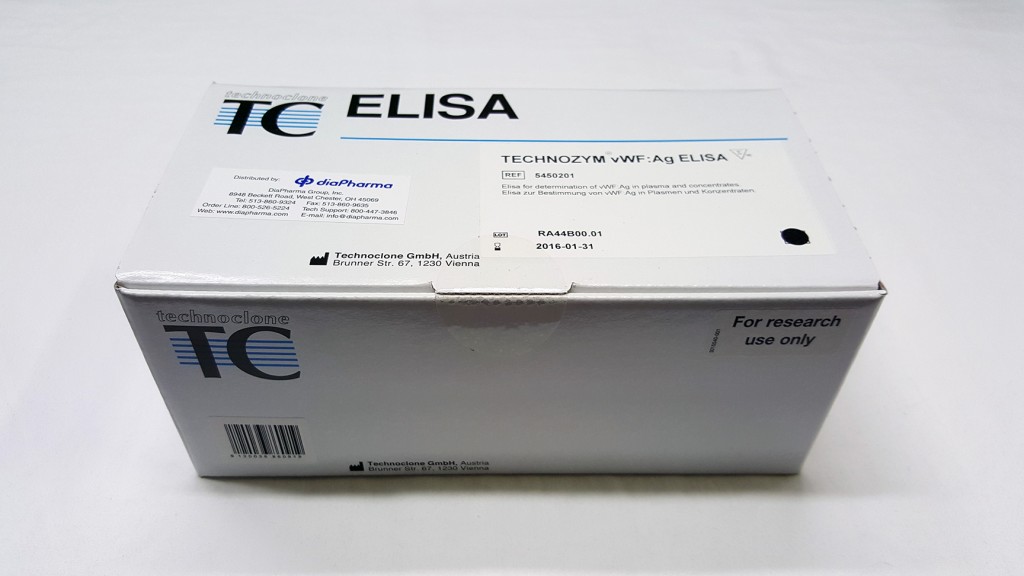Non-O Blood Type Cancer Patients Face Higher Risk of Developing Thrombosis
Posted on 19 Apr 2022
Venous thromboembolism includes deep-vein thrombosis (DVT), a blood clot that typically forms in the deep veins of the leg, and pulmonary embolism (PE), a life-threatening condition that occurs when a blood clot breaks free and becomes lodged in the arteries of the lung.
Venous thromboembolism (VTE) is a common complication in patients with cancer and its occurrence is associated with poor prognosis and patients with a cancer diagnosis are 9-15-times more likely to develop VTE. However, as patients with cancer concomitantly have an increased risk of bleeding, routine thromboprophylaxis is not recommended in all patients. Current guidelines recommend pharmacological thromboprophylaxis in patients with high VTE risk that are most likely to benefit.

Hematologists at the Medical University of Vienna (Vienna, Austria) and their colleagues investigated the role of non-O blood types in participants' likelihood of developing VTE. They collected data from 1,708 adult participants with a new or recurrent cancer diagnosis from the Vienna Cancer and Thrombosis Study (CATS) data set. They grouped participants first by blood type, and then sorted them based on their tumor classification. Patients with pancreatic, gastroesophageal, and brain cancer tumors were considered to have high risk diagnoses.
The scientists measured vWF-Antigen (vWF-Ag) in patients’ plasma with a commercially available Technozym ELISA kit (Technoclone, Vienna, Austria). A CA 7000 analyzer (Sysmex, Kobe, Japan) using Technoclone’s FVIII– deficient plasma and APTT Actin-FS (Dade Behring, Siemens Healthcare, Marburg, Germany) was used to measure FVIII activity in plasma samples. In a subgroup analysis, the impact of non-O blood type compared to O blood type on VTE risk in patients with very high and intermediate/low prothrombotic risk tumor types was analyzed.
ABO blood types were distributed as following in our cohort: 653 (38%) were blood type O, 682 (40%) A, 262 (15%) B and 111 (7%) AB, which is as expected in a European population. Biomarker levels of FVIII activity were available in 1,618 and of vWF-Ag in 626 patients. The investigators reported that the results indicated that patients with non-O blood types were more likely to develop VTE three months after their diagnosis or reoccurrence of cancer. This association did not appear at the time of diagnosis because cancer therapies increase patients' likelihood of developing blood clots, making blood type a less significant predictor of VTE during early stages of treatment. Those with tumors outside of the high-risk disease category with non-O blood type were more likely to develop blood clots independent of time, showing that exclusively depending on tumor type to detect VTE risk may cause many patients to fall through the cracks.
Cornelia Englisch, MD, PhD, a Hematologist and first author of the study, said, “Blood typing is easy to perform, can be done worldwide, and doesn't require any specialized background knowledge or equipment. And of course, every risk factor that we identify helps us to understand these life-threatening complications in cancer patients better. Perhaps this will create awareness for the role blood types can play as clinical biomarkers.” The study was published on April 13, 2022 in the journal Blood Advances.
Related Links:
Medical University of Vienna
Technoclone
Sysmex
Dade Behring














